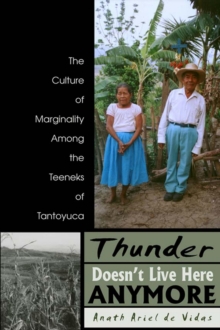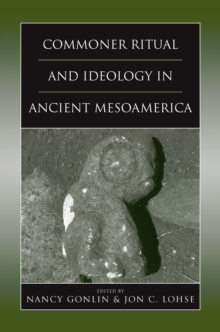
The Kowoj : Identity, Migration, and Geopolitics in Late Postclassic Peten, Guatemala PDF
Edited by Rice Prudence M. Rice, Rice Don S. Rice
Part of the Mesoamerican Worlds series
Description
Chapters in The Kowoj address the question "Who are the Kowoj?" from varied viewpoints: archaeological, archival, linguistic, ethnographic, and bioarchaeological. Using data drawn primarily from the peninsular site of Zacpetén, the authors illuminate Kowoj history, ritual components of their self-expressed identity, and their archaeological identification. These data support the Kowoj claim of migration from Mayapán in Yucatán, where they were probably affiliated with the Xiw, in opposition to the Itza. These enmities extended into Petén, culminating in civil warfare by the time of final Spanish conquest in 1697.
The first volume to consider Postclassic Petén from broadly integrative anthropological, archaeological, and historical perspectives, The Kowoj is an important addition to the literature on late Maya culture and history in the southern lowlands. It will be of particular interest to archaeologists, historians, ethnohistorians, art historians, and epigraphers.
Information
-
Download - Immediately Available
- Format:PDF
- Pages:600 pages
- Publisher:University Press of Colorado
- Publication Date:28/02/2009
- Category:
- ISBN:9780870819872
Information
-
Download - Immediately Available
- Format:PDF
- Pages:600 pages
- Publisher:University Press of Colorado
- Publication Date:28/02/2009
- Category:
- ISBN:9780870819872










